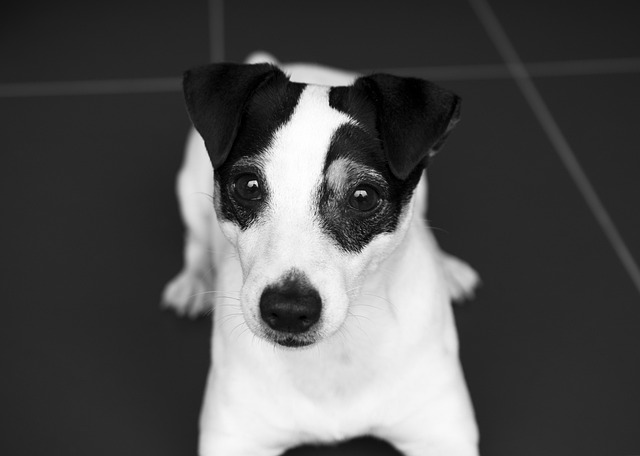
How to train a 2 month old puppy to pee on a pad?
Got a new 2 - month - old furball bounding around your place? The excitement’s real, but so’s the challenge of potty training. Trust me, I’ve been there.
When bringing a beagle into your home, one of the key tasks you'll face is potty training. Understanding how long this process typically takes can help you set realistic expectations and approach the training with patience and consistency. Beagles are a popular breed known for their energetic and curious nature, but their independent streak can sometimes make potty training a bit of a challenge. However, with the right approach, most beagles can be successfully potty trained within a reasonable time frame.
The timeline for potty training a beagle can vary depending on several factors, including the age of the beagle when you start training, their individual temperament, the consistency of your training efforts, and the methods you use. Let's start by considering the age at which training begins. Many people get beagle puppies, and starting potty training at a young age is generally more effective. Puppies have smaller bladders and less control over their bodily functions, but they are also more impressionable and can learn habits more quickly.
For a beagle puppy, the potty training process often begins around 8 to 12 weeks of age, which is when they are typically brought home from a breeder or shelter. At this stage, puppies need to relieve themselves frequently. You'll need to take them out to the designated potty area every 1 to 2 hours during the day, right after meals, after naps, and immediately when they wake up in the morning. Nighttime can be a bit tricky as well. Puppies may need to be taken out once or twice during the night, depending on their age. As they grow older, their bladder control improves, and the time between bathroom breaks can gradually increase.
It's important to remember that each puppy is different. Some may catch on to the routine more quickly, while others might take a bit longer. On average, it can take anywhere from 4 to 8 weeks of consistent training for a beagle puppy to start reliably using the designated potty area. However, this doesn't mean the training is completely finished at that point. You'll still need to continue reinforcing the behavior and ensuring that they don't have any setbacks.
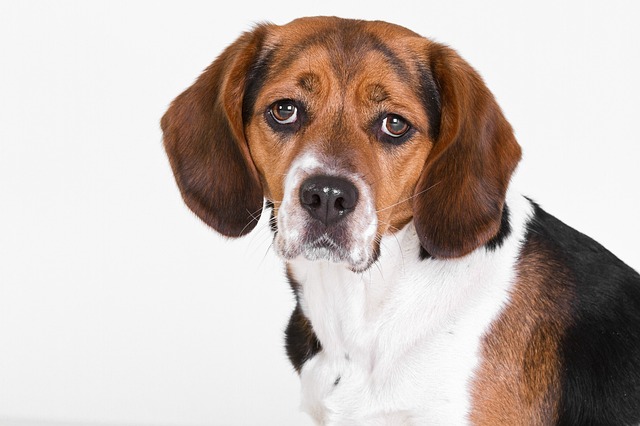 If you're potty training an adult beagle that has not been previously trained, the process might be a bit different. Adult dogs may have already developed some habits, whether good or bad, and it may take time to break any incorrect patterns. The time required for an adult beagle can vary widely. Some adult beagles that have had no prior training might take 6 to 12 weeks or more to become reliably potty trained, especially if they have been used to relieving themselves indoors. However, adult dogs often have better bladder control than puppies, which can be an advantage in some ways.
If you're potty training an adult beagle that has not been previously trained, the process might be a bit different. Adult dogs may have already developed some habits, whether good or bad, and it may take time to break any incorrect patterns. The time required for an adult beagle can vary widely. Some adult beagles that have had no prior training might take 6 to 12 weeks or more to become reliably potty trained, especially if they have been used to relieving themselves indoors. However, adult dogs often have better bladder control than puppies, which can be an advantage in some ways.
Consistency is absolutely crucial in potty training any beagle, regardless of age. This means taking them out to the same spot every time, using the same commands or cues, and maintaining a regular schedule. When you take your beagle out, give them time to sniff around and do their business. It's important to wait patiently and not rush them. Once they successfully go in the right place, praise them enthusiastically and maybe give them a small treat as a reward. Positive reinforcement is a powerful tool in training, as beagles respond well to praise and rewards.
On the other hand, if you catch your beagle in the act of having an accident indoors, it's important to react appropriately. Avoid scolding or punishing them harshly, as this can make them fearful and may even lead to more accidents as they try to hide their behavior. Instead, gently interrupt them, if possible, and quickly take them outside to the potty area. Once they finish there, praise them. It's also important to clean up any accidents thoroughly with an enzymatic cleaner to remove the scent, as beagles have a keen sense of smell and may be attracted to the same spot again if the scent remains.
Another factor that can influence the potty training timeline is the environment. If you have a consistent routine at home but then take your beagle to a new place, such as when traveling, they may experience some setbacks. It's important to be patient in these situations and continue to reinforce the training, even in unfamiliar surroundings.
During the training process, it's normal to have some ups and downs. There will be days when your beagle seems to have mastered the routine, and then there may be days when they have accidents again. This is all part of the learning process. As long as you remain consistent, patient, and use positive reinforcement, your beagle will gradually understand what is expected of them.
In addition to regular outings, crate training can be a helpful tool for potty training beagles. Beagles are den animals by nature, and a crate can serve as their safe and comfortable space. When using a crate for potty training, make sure it's the right size – not too big, as they shouldn't have enough space to move around and relieve themselves in one corner while sleeping in the other. Puppies or adult beagles in a crate will typically try to hold their bladder to keep their den clean, which can help them develop better control. However, you still need to take them out of the crate regularly to the potty area, especially after meals, naps, and first thing in the morning.
To sum it up, the time it takes to potty train a beagle can range from a few weeks for a young puppy with consistent training to several months for an adult beagle that may have existing habits to break. The key is to start early if possible, be extremely consistent with your routine and commands, use positive reinforcement, and be patient through the inevitable ups and downs. Remember that every beagle is an individual, and their progress may vary. By staying committed to the training process and understanding your beagle's needs, you can help them become a well - potty - trained and happy member of your family.
It's also important to keep in mind that even after your beagle seems fully potty trained, you should still continue to monitor them, especially in new situations or when their routine changes. This helps prevent any regression and ensures that the good habits they've learned remain ingrained. With the right approach and a lot of love and patience, you'll get through the potty training process and enjoy a clean and harmonious home with your beloved beagle.

Got a new 2 - month - old furball bounding around your place? The excitement’s real, but so’s the challenge of potty training. Trust me, I’ve been there.
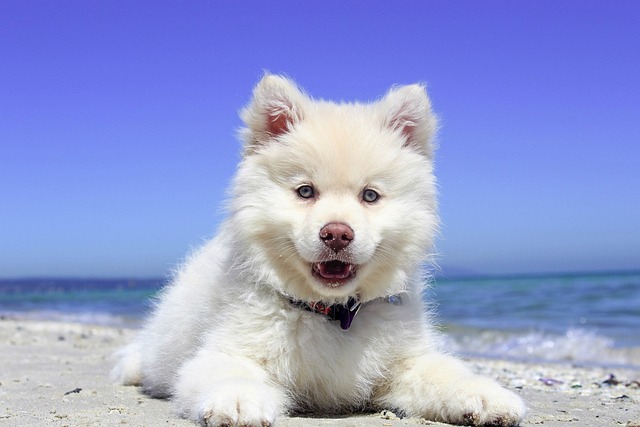
Picture holding a small clicker, unsure if it can really teach your pup to sit. Don’t worry—clicker training is simpler than it looks. Let’s walk through step-by-step basics that even total newbies can master, blending science with real-world puppy parent
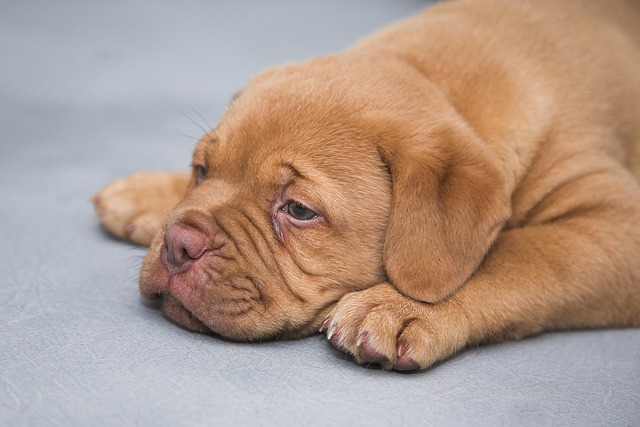
Bringing a new puppy home is a whirlwind of excitement and chaos, but one of the most pressing challenges new pet parents face is getting that tiny furball to poo on command.
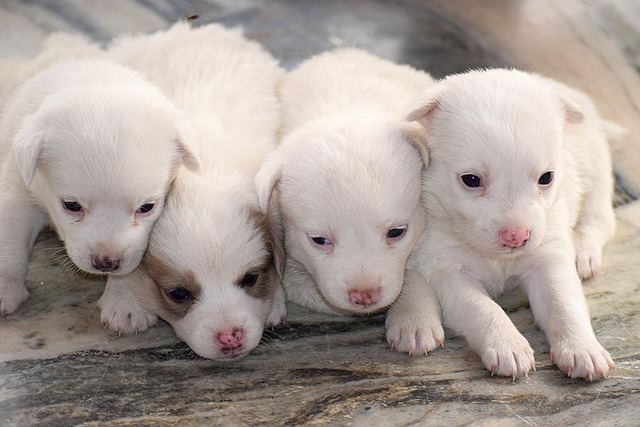
Picture pressing a small clicker, and your pup instantly sits—no tugging, no shouting. Is this method the key to stress-free training?

Picture your new pup darting across the park, chasing a butterfly while you shout their name in vain. Later, they jump on your aunt’s lap, spilling her iced tea—these aren’t just “cute puppy moments.”
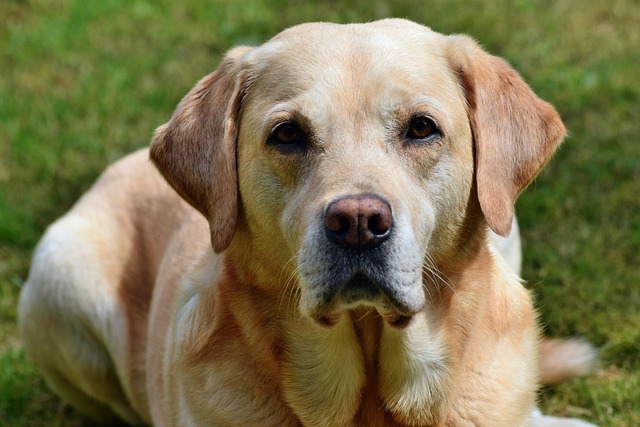
Teaching your dog basic obedience isn’t just about showing off—it’s the foundation for a safe, trusting bond. Every pup learns at their own pace, so patience is your superpower here.